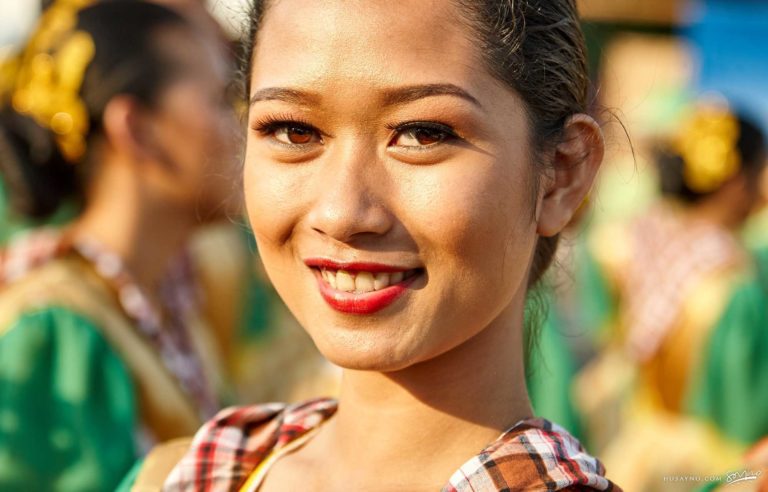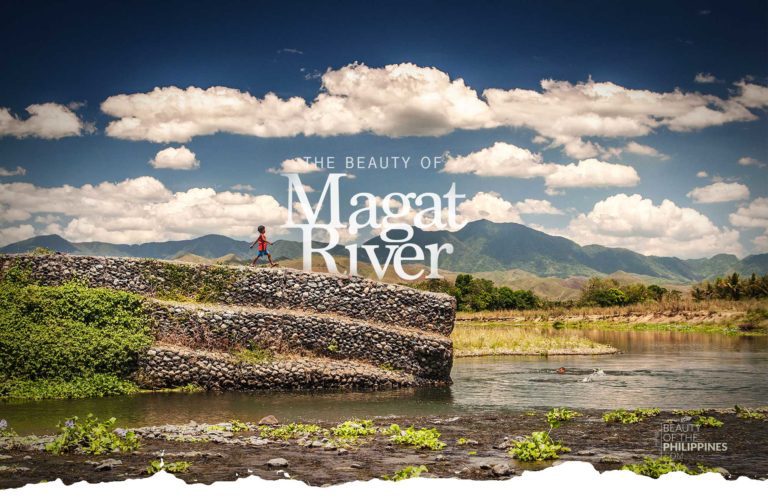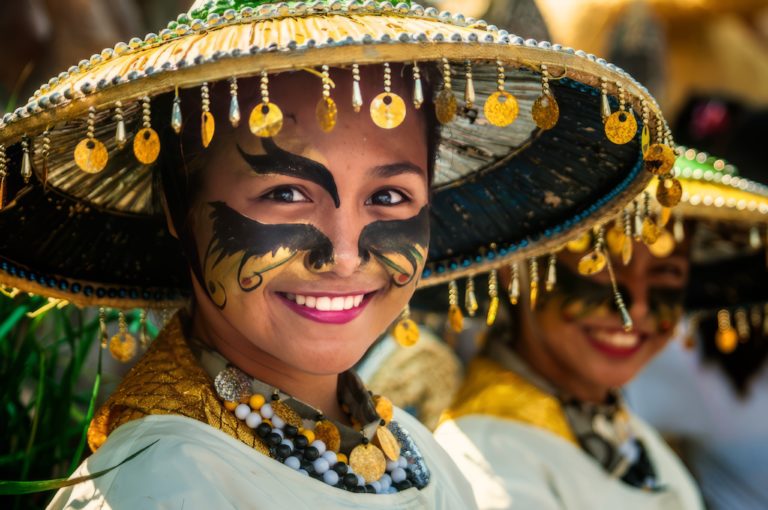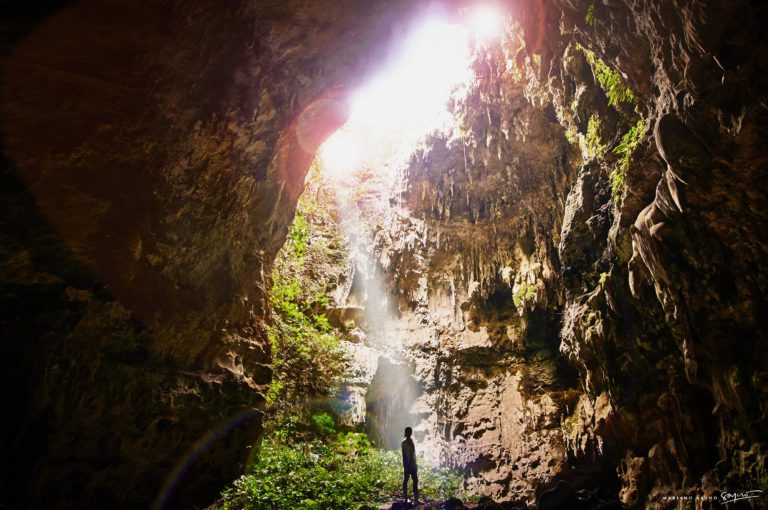
Balitok Ti Alicia Festival: A Glimpse into Alicia’s Golden Age Celebration
As “Balitok” is defined as gold in Ilocano language, this was the inspiration for the festival “Balitok Ti Alicia”, that is being held to commemorate

As “Balitok” is defined as gold in Ilocano language, this was the inspiration for the festival “Balitok Ti Alicia”, that is being held to commemorate

Originally, the Magat River was located in Nueva Vizcaya province, specifically in the municipality of Aritao. It has a length of 226 kilometers and is

Residents of the small town of Luna in the province of Isabela have a lot to be proud of. The town, originally known as Antatet,

In addition to being known as the “Seven Chamber Show Cave” in the province of Cagayan, the Callao Cave is also one of the limestone
EXPLORE MORE ABOUT THE
Philippines
BROWSE BY CATEGORIES